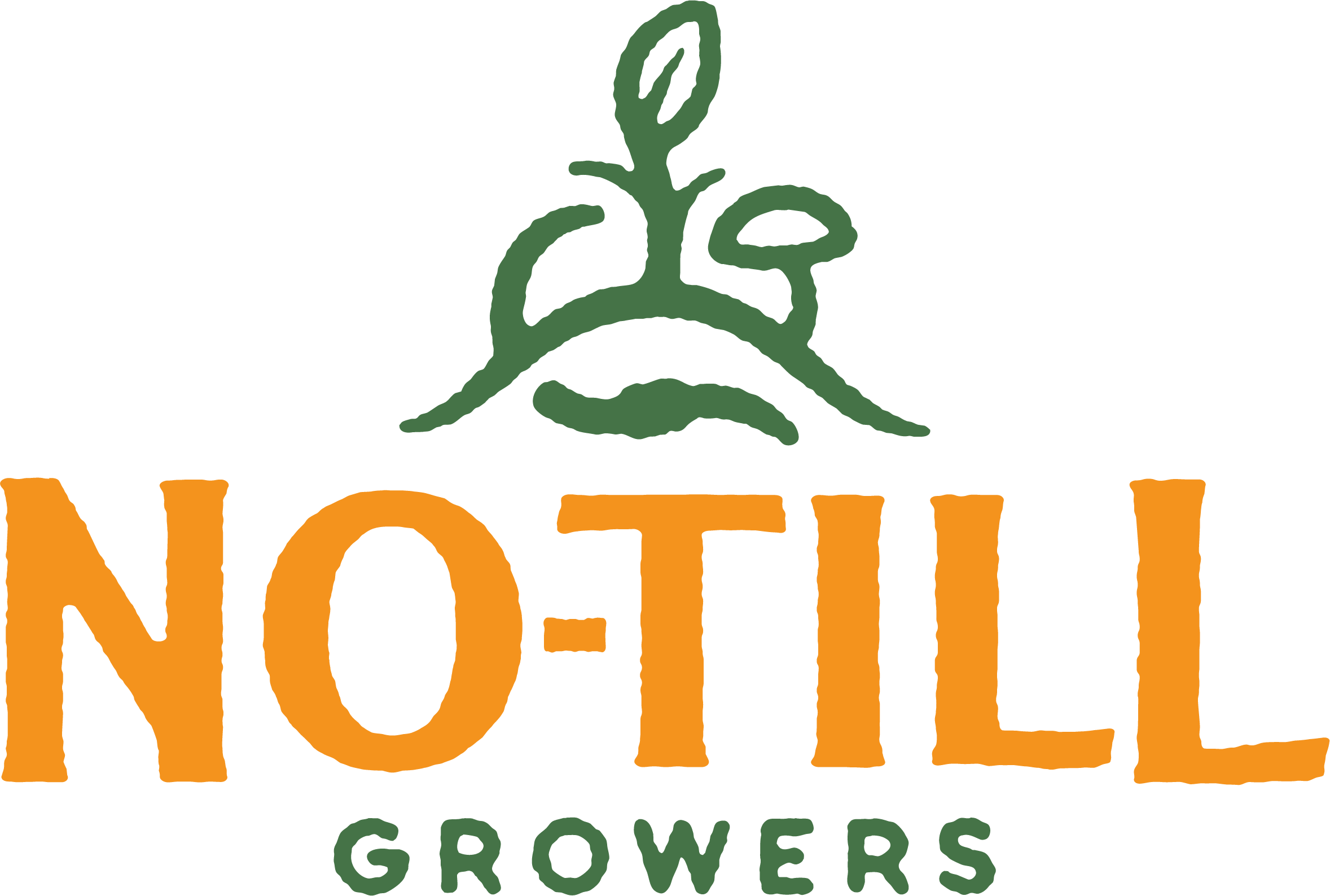ICYMI// No-Till Making International News
In case you missed it, no-till farming made the news on not one, but two major outlets over the last two weeks.
The first, by Dan Charles on National Public Radio, was about the perennial grain—kernza—developed by Wes Jackson and The Land Institute. While the focus of ‘Can This Breakfast Cereal Help Save The Planet?’ is that General Mills has green-lighted test batches of breakfast cereal made with perennial grains, there is a short explanation about why it’s such a big deal.
As farmers use tillage tools or herbicides to get rid of competing vegetation, they inevitably wipe away habitat for birds and insects. Bare soil washes away and pollutes streams and rivers. Tilling the soil releases vast amounts of carbon dioxide into the atmosphere.
The second and latest, 'It's a groundswell': the farmers fighting to save the Earth's soil by Matthew Taylor for The Guardian, is about the rise of conservation agriculture (UK for “no-till”) in the UK. Here’s another example of how main-stream outlets distill the concept of no-till for the public.
Not ploughing avoids disrupting micro-organisms, including the fungal threads that drive the biological life of the soil. A mix of crops on the land increases the diversity and health of the bacteria in the soil, which in turn supports a wide variety of insects.
Of course, these are examples of large scale no-till grain crops and farms. Here at No-Till Growers, we spend most of our time sorting out methods for small-scale veg production. BUT, these main-stream articles highlight some of the soil-building principles outlined by the NRCS, which—more broadly—may be applied to every farm, large or small, veg or grain or flower (or marijuana… we see you out there Instagram growers #notill).
Whatever you want to call it—no-till, living soil, conservation ag—the idea is beginning to make it’s way into both mainstream and social media. However, I don’t see consumers asking “do you till?” at the farmers market any time soon (nor should they). Besides, we see tillage as tool, albeit a massively disruptive one, with an appropriate time and place to be used not without strong consideration. In the face of environmental degradation, agriculture is often implicated. But, we as farmers now have a growing body of charismatic facts (another gem found by way of Seth Godin) to point to which communicates the to public, our market customers, our CSA members, etc. there is a different way to farm that can be part of the solution. Further, we can share these stories—and our stories—with other farmers, as [grounds]well.
Indeed, you can be part of the solution. Yes, you! Our purpose is to bring farmers the best no-till growing information we can get our dirty hands on. For free. If you want to see No-Till Growers grow, support our work for as little as $2/month on Patreon or Venmo/Paypal a onetime contribution. At 30 podcast episodes a year, not to mention hundreds of posts, that’s less than a dollar for each episode. We need your help to reach $1,000/month to do season two of the podcast, run the site, and bring you EVEN BETTER no-till, low-till, and regenerative veg content. And we’re so close to our goal! Quite literally, we couldn’t do it without y’all.
